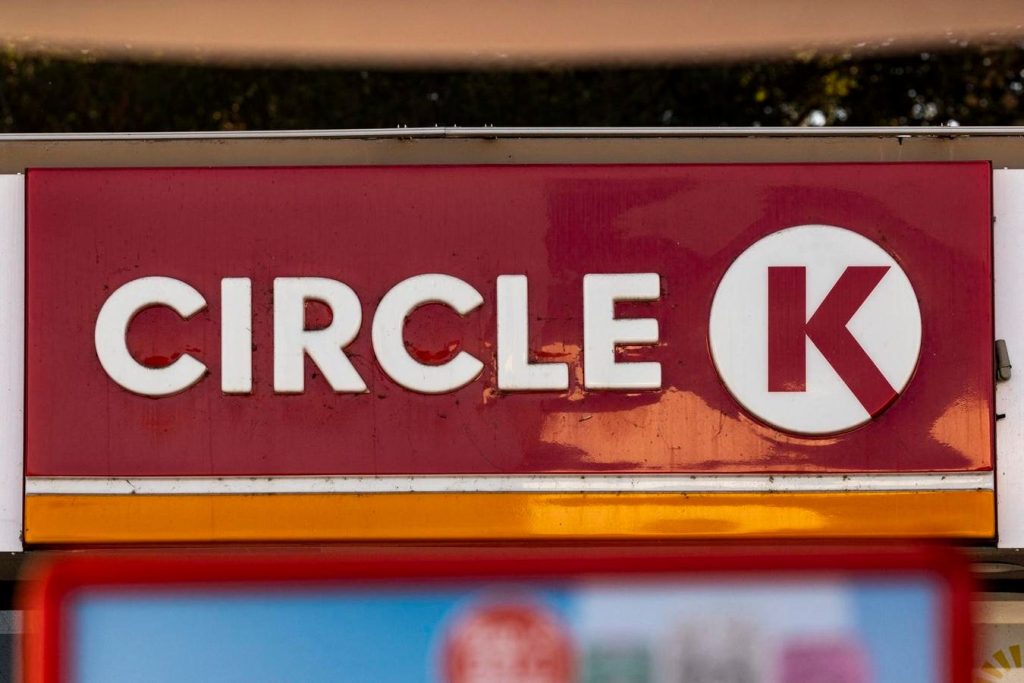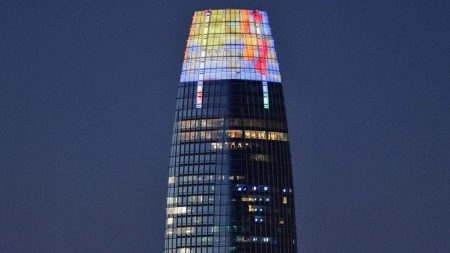The commercial real estate (CRE) market presents a compelling investment opportunity, particularly within the retail sector. While Oxford Economics broadly highlighted Europe and industrial CRE as prime targets for investment in late 2024, a closer examination of the US market reveals the significant potential of fast-food restaurants (QSRs) and convenience stores (C-stores). These segments demonstrate robust performance and offer attractive yields compared to risk-free investments, making them worthwhile considerations for investors seeking stable and potentially high-return opportunities within the CRE landscape.
The concept of “location, location, location” in retail often revolves around the interplay of supply and demand. A prime location caters to the needs of both customers and businesses. Customers seek accessibility and convenience, while businesses require suitable infrastructure and operational capabilities. Tenants often favor high vacancy rates, which empower them to negotiate lower rents, while landlords prefer low vacancies to maximize rental income. This dynamic creates a market tension that astute investors can leverage. The low vacancy rates observed in the QSR and C-store segments, significantly below other retail categories, indicate a strong demand for these properties and potentially favorable lease terms for landlords.
The robust performance of QSRs and C-stores further strengthens their investment appeal. C-stores, in particular, are undergoing a transformation, evolving into destination hubs offering diverse dining, shopping, and tourist experiences. This evolution drives consistent year-over-year visit growth, exceeding the broader retail sector. The fragmentation of the C-store industry in the US, where even the largest chains hold a relatively small market share, creates a competitive landscape that benefits landlords. This fragmentation limits the negotiating power of individual chains, potentially creating more favorable lease terms for property owners.
The fast-food sector also exhibits promising growth. Despite a decline in overall retail deal flow in 2024, fast-food related trades increased, reflecting investor interest in this resilient segment. The low vacancy rates and expansion plans of numerous fast-food chains fuel competition for properties net-leased to these tenants. Net leases, where tenants assume responsibility for certain operating expenses, offer landlords a degree of stability and predictability in their income streams, further enhancing the investment attractiveness of these properties.
The favorable yields offered by retail properties, particularly in the QSR and C-store segments, present a compelling case for investment. These yields often surpass the returns offered by risk-free investments like 10-year Treasury bonds. This premium compensates investors for the inherent risks associated with real estate investments, making them potentially lucrative opportunities. However, it’s crucial to recognize the dynamic nature of interest rates and their impact on CRE investment. Rising interest rates can increase borrowing costs for investors and impact property valuations, making it essential to carefully consider market conditions before making investment decisions.
The “window of opportunity” identified by Oxford Economics underscores the time-sensitive nature of this investment prospect. While the current market conditions favor CRE investment, particularly in the QSR and C-store segments, the economic landscape can shift rapidly. Rising interest rates and potential economic downturns can influence the dynamics of the retail market and affect property values. Therefore, investors should seize the current favorable conditions and conduct thorough due diligence before committing capital to CRE investments. The confluence of low vacancy rates, strong performance, and attractive yields makes QSRs and C-stores compelling investment targets within the retail CRE sector.










